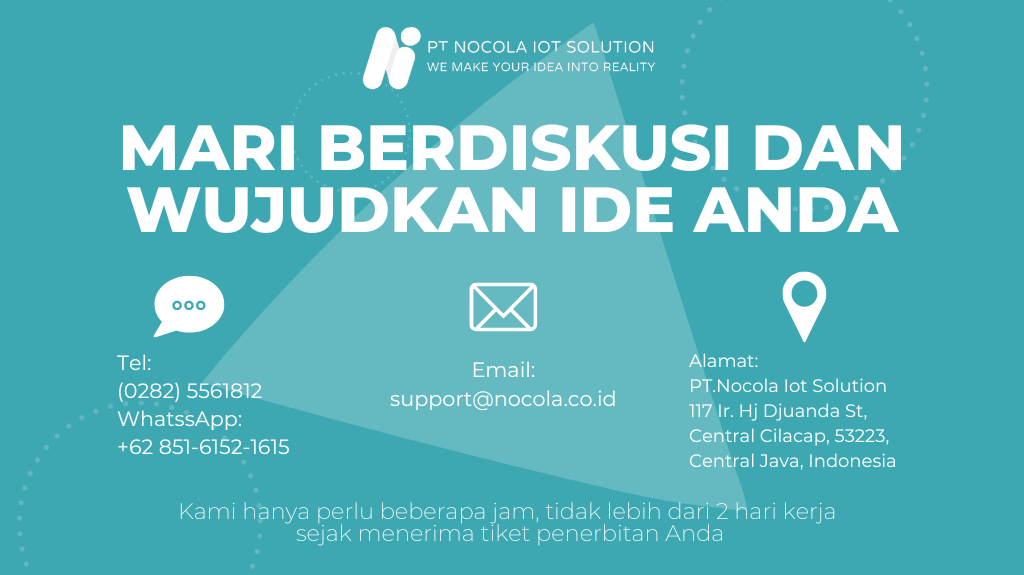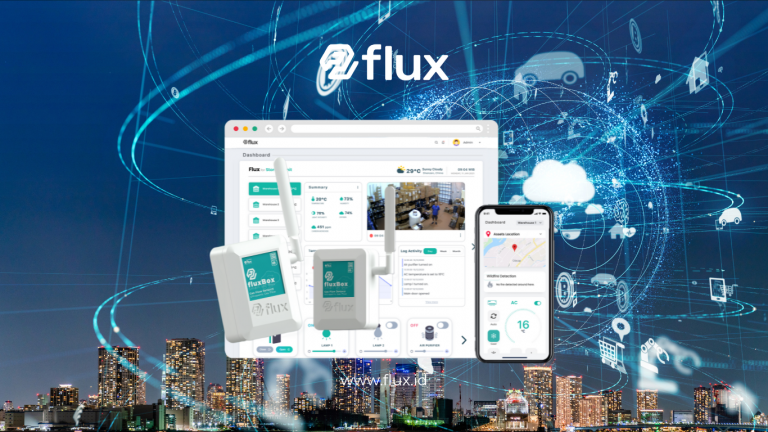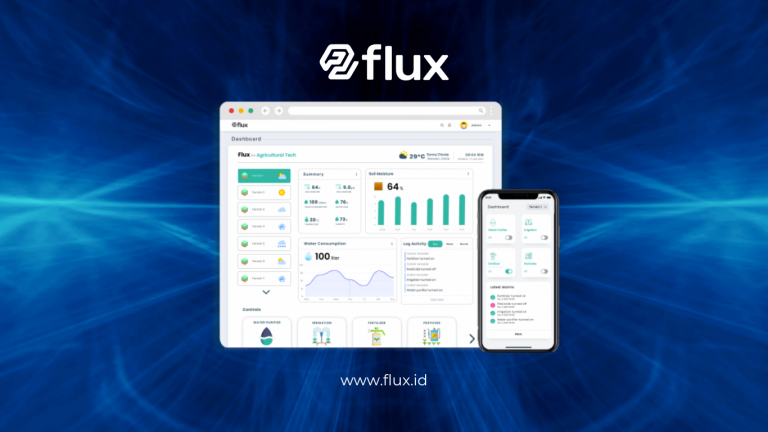Don't miss our holiday offer - 20% OFF!
In this rapidly changing world, the ability to adapt to new technologies has become crucial for survival and growth in business. Digital transformation has become a vital necessity for companies across various industries, not only to improve efficiency but also to generate sustainable added value. One of the standout solutions supporting digital transformation is the Flux Platform. This article will explain how the Flux Platform facilitates the digital transformation process for businesses, the benefits it offers, and the features that make it an ideal choice for managing IoT devices.
Contents
What Is Flux?

Company Profile
Flux is a company specializing in IoT technology and device management solutions that help various industries enhance operational efficiency. With the capability to connect numerous devices, Flux offers a robust system that enables users to collect and analyze data in real-time.
Why Is Flux Important?
In today’s digital era, companies are tasked with leveraging data and technology to remain competitive. Flux provides the infrastructure necessary to meet these demands and helps organizations achieve sustainable and innovative goals.
Key Functions of Flux

1. Connected Gateways
Flux uses advanced gateways that connect various devices to the internet. These gateways serve not only as connectors but also as controllers and regulators of data flow from devices to the cloud system.
2. Real-Time Data Processing
Flux can collect and process data in real-time. This means that important information needed for decision-making can be accessed quickly, allowing for a more effective response to changes in the operational environment.
3. Cloud Platform
Flux offers a powerful cloud platform for storing and analyzing collected data. With the cloud, data can be accessed from anywhere, providing flexibility for users in information management.
Benefits of Using Flux in Device Management

1. Increased Operational Efficiency
Flux helps companies reduce the time needed to manage devices. With automation and real-time data processing, processes that typically take time can be completed more quickly and accurately.
2. Ease of Data Access
Users can access information from connected devices without location constraints, allowing management to stay connected and more involved in ongoing operations.
3. In-Depth Analytics
Flux not only collects data but also provides analytical tools that allow companies to derive deeper insights. This helps organizations make better decisions based on comprehensive data analysis.
4. Support for Data-Driven Decision Making
With accurate and up-to-date data, management can face challenges with more effective solutions. Data-based decisions are likely to yield better results.
Applications of Flux Across Various Sectors

1. Manufacturing Sector
In the manufacturing industry, Flux enables companies to monitor production processes with high accuracy. By providing real-time data about machinery and workflows, companies can prevent costly downtime and enhance operational efficiency.
2. Energy Sector
In the energy sector, Flux plays a crucial role in monitoring energy usage and emissions. By providing systems that monitor emissions and energy quality, companies can make better decisions regarding resource management.
3. Agriculture Sector
Flux also transforms how farmers work by providing advanced monitoring systems. Data about weather conditions and soil moisture is processed to support better agricultural decisions.
4. Healthcare Sector
In the healthcare industry, Flux is used to monitor medical equipment and patient conditions. With efficient systems, the quality of healthcare services can be improved.
5. Transportation Sector
Flux provides smart solutions for fleet management in the transportation sector, enabling real-time vehicle monitoring and more effective route management.
Best Practices for Implementing Flux

1. Clear Implementation Plan
Creating a clear and structured implementation plan for Flux is essential. The success of digital transformation often relies on how well the company plans and executes the process.
2. Adequate Training
Providing comprehensive training for employees on how to effectively use Flux will enhance implementation success. Ensure all team members feel comfortable and competent in using the new systems.
3. Customization for Business Needs
Customize Flux features and functionalities to fit the specific needs of your business. Proper customization not only aids operational efficiency but also enhances user satisfaction.
4. Regular Monitoring and Evaluation
Conduct routine evaluations to ensure that the system operates smoothly and provides relevant data. Evaluation helps identify areas that require improvement.
Conclusion
Flux is a vital solution for implementing digital transformation that can help companies improve efficiency, reduce costs, and drive innovation. With integrated technology spanning from gateway to cloud, Flux makes managing IoT devices easier and more effective.
In a rapidly changing world, investing in technology like Flux is a smart move to remain relevant and competitive. Let us work together to leverage technology to build a more efficient and sustainable future!





